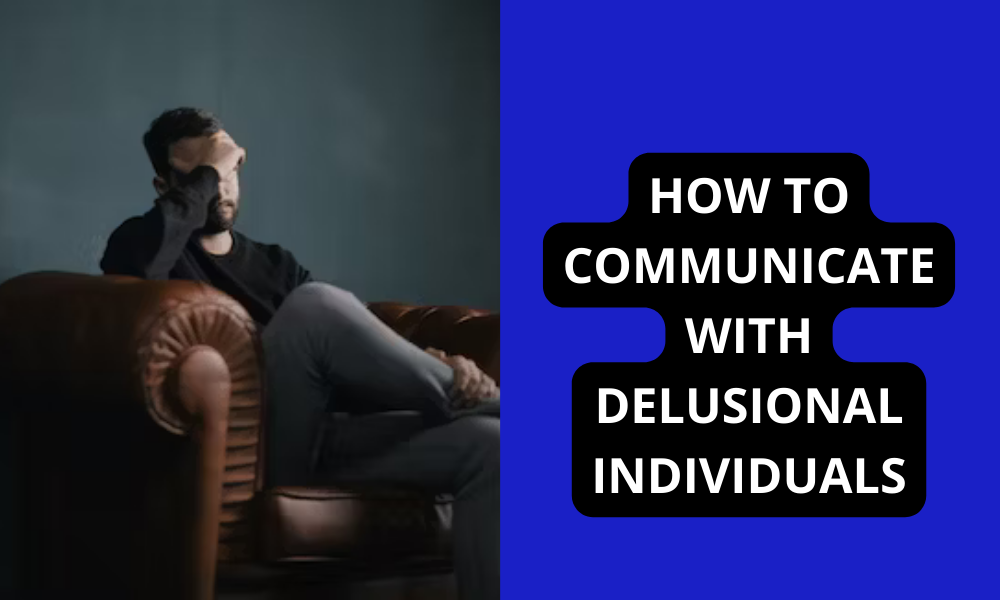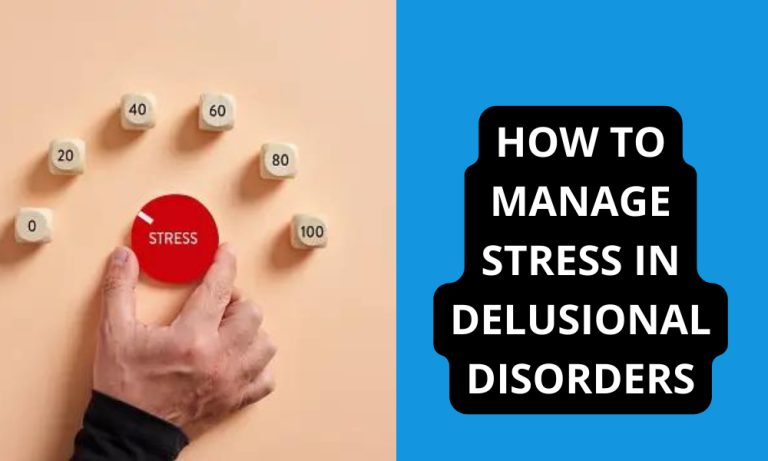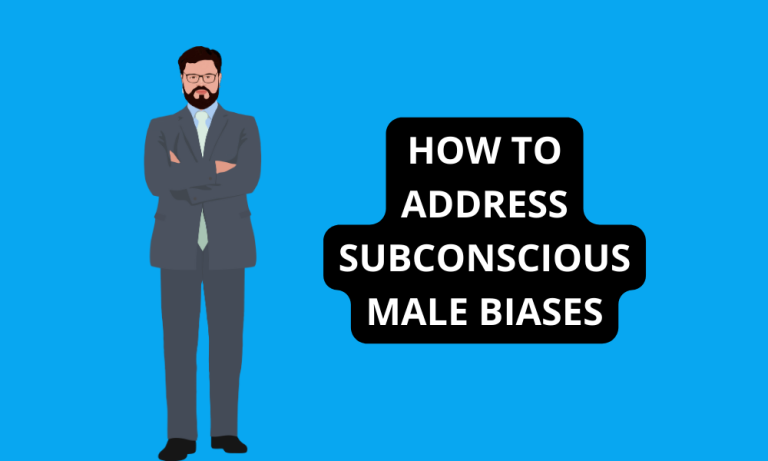How to Communicate with Delusional Individuals?

As a mental health counselor, I often work with individuals experiencing delusional thoughts or beliefs. Delusions can make communication quite challenging, but with the right approach, it is possible to have meaningful and helpful interactions even with someone experiencing irrational beliefs.
In this blog post, I will share some of the key strategies I use when speaking with delusional clients. My goal is to give you, the reader, a better understanding of how to communicate in a calm, empathetic, and solutions-focused way. With practice of these techniques, you too can have constructive conversations and potentially assist someone who may be misinterpreting reality.
Guide To Communicate with Delusional Individuals
Below is guide that you can consider to communicate with the person who is experiencing delusional disorders:
Meet Them Where They Are
One of the most important things to remember is that the delusional thoughts, however irrational they may seem to you, are very real to the person experiencing them. This is their reality. So rather than argue with their beliefs or try to convince them they are wrong up front, I find it best to initially meet them where they are at.
Ask open-ended questions to understand their perspective without judgment. Reflect back what you’re hearing to confirm you understand their experience. This shows you are listening without dismissing how they feel. Once a rapport is built, you can have a more productive discussion about problem-solving. But jumping right into disputing their beliefs will likely make them defensive.
Focus on Facts, Not Interpretations
When discussing a delusional thought, I separate the facts of an event from someone’s interpretation of those facts. For example, if a client believes the FBI is following them, I might say “I don’t see any evidence the FBI is here right now. Can you tell me specifically what you’ve seen that makes you think that?” Separating interpretation from objective observation keeps the discussion grounded and prevents getting lost debating their irrational beliefs directly.
Break Complex Delusions Into Small Pieces
Some delusions involve very complex conspiracies or interconnected beliefs. If I try to address all aspects at once, it can become overwhelming. Instead, I gently work through one small part at a time. For example, if someone believes they are being poisoned through the vents in their home, I may first focus only on whether we can check the vents together before moving to other related beliefs. Breaking large delusions down allows progress to be made step-by-step.
Validate Emotions While Questioning Thoughts
When talking with someone experiencing delusions, it’s important to acknowledge both the thoughts and feelings involved are real and significant to them. I make sure to validate how distressing or concerning their experiences have been, while still being able to explore alternative perspectives respectfully. Saying “I can understand why you would feel that way, but have you considered…” helps questioning thoughts feel less like an attack on their entire experience.

Offer Alternative Explanations, Not Just Reassurance
One mistake people sometimes make is only offering reassurance without actually addressing the delusional thoughts. For instance, just saying “everything will be okay” doesn’t resolve the underlying issue. I find it better to suggest plausible alternative explanations for their experiences when appropriate. Could that noise they heard possibly be something else? Might there be reasonable doubts about the conspiracy theory? Gently exploring other options can plant seeds to consider without direct confrontation.
Use Open-Ended Questions to Guide New Perspectives
Rather than grilling someone with lots of closed questions, I stick to open-ended ones when guiding a discussion. For example, asking “what else could possibly explain this experience?” is less confrontational than “do you realize how illogical that sounds?”. Open questions allow them to explore new perspectives in their own words at their own pace. I simply facilitate with follow up questions as needed to keep the discussion moving constructively.
Remain Calm, Patient and Non-Judgmental
Probably the most important thing is to maintain a calm, empathic, and non-confrontational demeanor throughout. Raising your voice, arguing, or showing frustration will only make the situation worse and shut down communication. With delusional individuals especially, the way you communicate is incredibly important to having any hope of influence. Patience, validating their perspective while also guiding new ways of thinking – this approach over time can result in real progress.
When to Seek Professional Help
For some individuals, delusional thoughts can indicate an underlying mental health condition requiring medical treatment beyond communication strategies alone. There are a few warning signs where seeking a professional evaluation may be appropriate:
- Delusions are severely disrupting normal functioning like an inability to care for basic needs or dangerous behavior.
- Hallucinations are present along with delusional beliefs (experiencing things others don’t see).
- Thoughts escalate very rapidly rather than remaining relatively stable over time.
- Mood changes drastically or other concerning psychiatric symptoms appear.
- Beliefs align closely with symptoms of schizophrenia, bipolar disorder or other conditions.
- Suicidal or homicidal thoughts are expressed related to delusional content.
- Drug or alcohol abuse could be exacerbating an existing condition.
Even if seeking help initially, compassionate communication strategies can still support someone as they undergo treatment and recovery process with a medical provider. The guiding principles remain building understanding and offering support.
Effective Communication Strategies in Practice
Let’s look at a specific example of how these communication strategies may be applied when interacting with someone experiencing delusional thoughts:
Scenario: Your neighbor John believes people are breaking into his home at night and moving things around to torment him. He seems very fearful and anxious about this recurring delusion.
Step 1) Active listening: Ask open questions like “what specifically have you noticed that makes you think this is happening?” Reflect back what he says to confirm understanding.
Step 2) Focus on facts: Inquire about factual details like “have you noticed any signs of forced entry like broken locks?” Redirect from interpretations for now.
Step 3) Validate feelings: Acknowledge how distressing the situation must feel with statements like “I can understand why constant break-ins would make anyone stressed.”
Step 4) Offer alternative perspectives: Gently suggest considering other options, such as “is it possible the noises could sometimes be from other nearby homes or animals instead of intruders?”
Step 5) Deal with one aspect at a time: Rather than addressing the full delusion, focus on exploring evidence for a specific incident together if he’s willing. Make progress step-by-step in a non-confrontational way.
With patience and care, conversations like this can sow seeds to re-examine beliefs from a healthier perspective over the long run in many cases. The relationship and demonstrating understanding are often more important than changing minds immediately. Check the Man Delusion Calculator to analyze your perceptions.
Conclusion
In summary, communicating skillfully with someone experiencing delusional thoughts requires compassion, empathy and a problem-solving approach. By focusing on understanding, separating facts from interpretations, validating emotions and offering alternatives gently, meaningful discussions can still occur and may aid the individual.
Seeking help from a medical or mental health professional should also be considered if delusions seem severe or when concerning psychiatric symptoms develop. With patient and caring communication using the strategies discussed here, connections can be made even during irrational or difficult situations.






